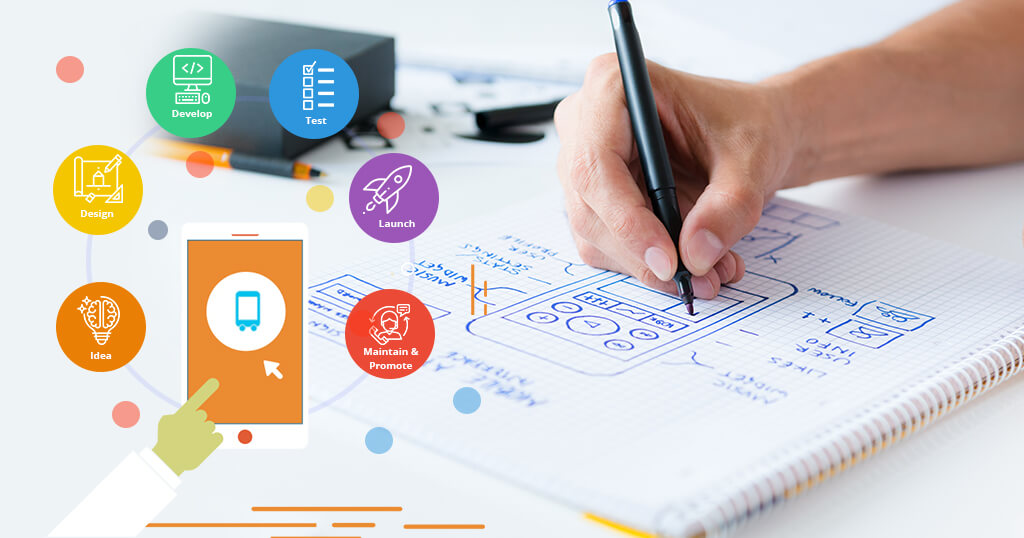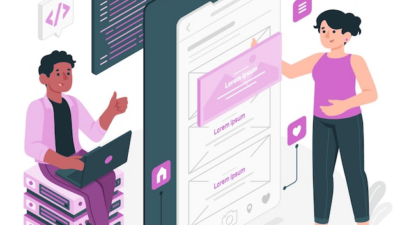Mobile apps have become a crucial part of our daily lives. Whether it’s ordering food, shopping online, or managing finances, apps make everything more convenient. But have you ever wondered what goes into creating a mobile app? Let’s explore the step-by-step process of mobile app development in simple terms.
1. Understanding the Idea
Every great app starts with an idea. Before development begins, you need to define the app’s purpose, target audience, and key features. Researching competitors and understanding market demand is crucial to ensure your app stands out.
2. Planning and Strategy
Once the idea is clear, the next step is planning. This includes deciding on the platform (iOS, Android, or both), setting a budget, and choosing the right technology stack. Wireframing (basic sketches of the app’s design) helps visualize the user experience.
3. UI/UX Design
A user-friendly design is essential for an app’s success. The UI (User Interface) and UX (User Experience) teams work on creating an intuitive and visually appealing design. The goal is to make navigation easy and engaging for users.
4. App Development
This is where coding happens! Developers bring the app to life by writing code for the front-end (what users see) and back-end (server-side operations). Agile development is often used, allowing developers to work in phases and make improvements along the way.
5. Testing for Perfection
No app is perfect from the start, so testing is a must. Quality Assurance (QA) teams check for bugs, performance issues, and security vulnerabilities. Different types of testing, including functional, usability, and performance testing, ensure a smooth user experience.
6. Launch and Deployment
Once testing is complete, the app is ready for launch. It is submitted to app stores (Google Play Store, Apple App Store) following their guidelines. A marketing plan, including app store optimization (ASO), ensures visibility and attracts users.
7. Maintenance and Updates
App development doesn’t end at launch. Regular updates, bug fixes, and new features are needed to keep users engaged. Gathering user feedback helps improve the app over time.
Final Thoughts
Developing a mobile app is an exciting journey that requires careful planning, design, development, and maintenance. By following this process, businesses can create apps that enhance user experiences and drive success. Whether you’re a startup or an established company, investing in a well-structured app development process is the key to a winning mobile application.




